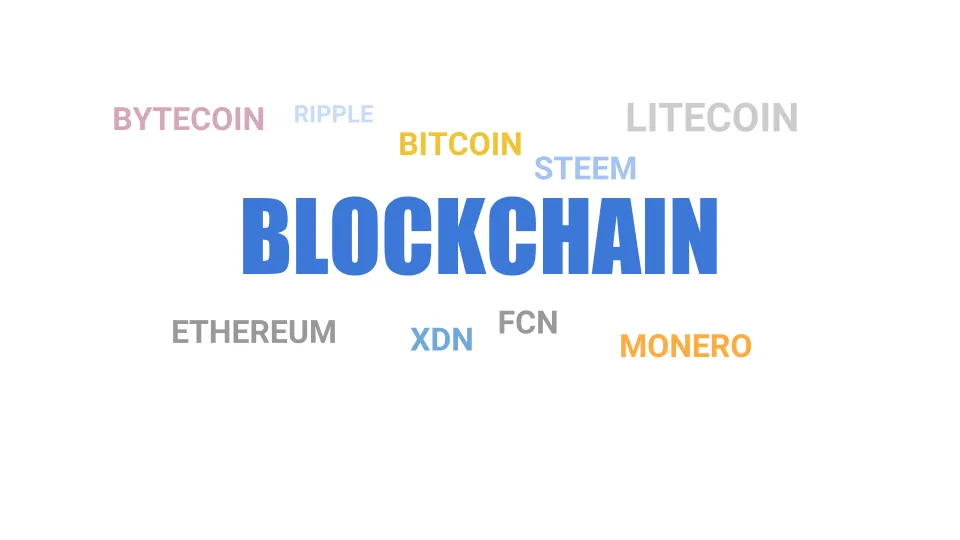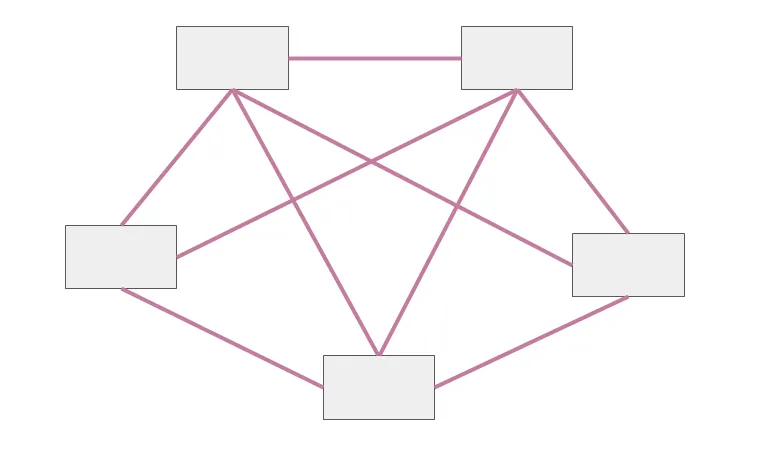
Many of us want to understand about blockchain and cryptocurrency and how it works in real world. So, I decided to write a small article on this topic. If I miss something, please add it in comments to help others.
Important points for understanding blockchain
Before we go to this question, lets learn about some important concepts which will help in understanding it better.
Distributed systems : A distributed system is a model in which components located on networked computers communicate and coordinate their actions by passing messages.

Peer to Peer (P2P) computing : Peer-to-peer (P2P) computing or networking is a distributed system architecture that partitions tasks or workloads between peers(computers or nodes).
Distributed ledger : A distributed ledger is a general agreement of replicated, shared, and synchronised digital data geographically spread across multiple sites, countries, or institutions. There is no central administrator or centralised data storage.
Cryptography : Cryptography is process of converting data into format that will be unreadable by unauthorised user, allowing it to be transmitted without anyone decoding it back into a readable format. One of the oldest technique known is Caesar Cipher.
Record : A record is a basic data structure, a group of fields containing different types of data. For example, a row in a table.
Hash pointer : In a Blockchain a hash pointer points to the next data with its hash. So changing any data in the chain would be easily detected by the hash value. Even if someone traverse back the the complete chain and change all the hash pointers then also the hacker won’t be able to change the genesis block. Thus hash pointer provides Blockchain the security backbone.
What is Blockchain?
A blockchain is a continuously growing list of records, called blocks, which are linked and secured using cryptography. Each block typically contains a hash pointer as a link to a previous block, a timestamp and transaction data.
Blockchain facilitates secure online transactions. It is a decentralised and distributed digital ledger that is used to record transactions across many computers so that the record cannot be altered retroactively. This allows the participants to verify and audit transactions inexpensively.
A blockchain database consists of two kinds of records: transactions and blocks.
Blocks hold batches of valid transactions that are hashed and encoded into a hash tree(Merkle tree). Each block includes the hash of the prior block in the blockchain, this way two blocks are linked together. The linked blocks form a chain.
This iterative process confirms the integrity of the previous block, all the way back to the original genesis block. The genesis block is the first block in a blockchain. For example, Litecoin has it’s own genesis block which is completely different than the Bitcoin genesis block. Some blockchains create a new block as frequently as every five seconds.
By market capitalization, Bitcoin is currently the largest blockchain network, followed by Ripple, Ethereum, Bitcoin Cash, Cardano, and Litecoin.
Hope you find this article useful. I am going to write a bunch of articles on cryptocurrency. Please upvote if you find the information useful.